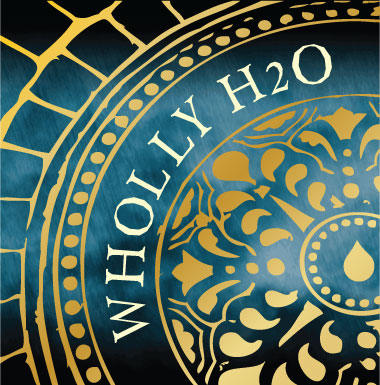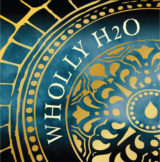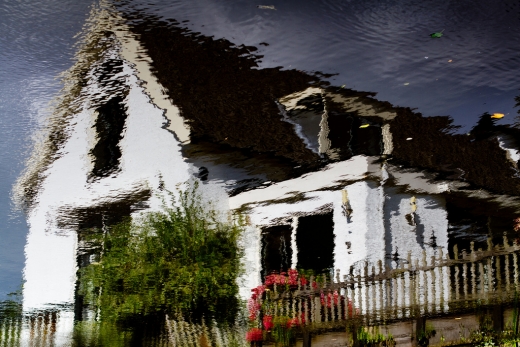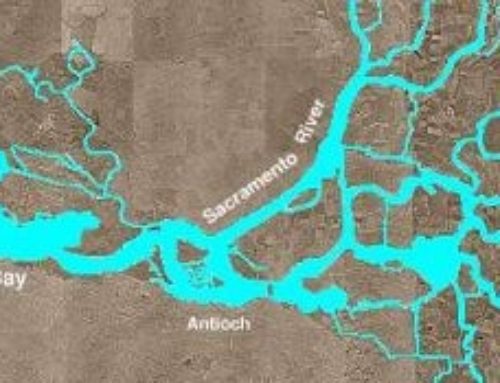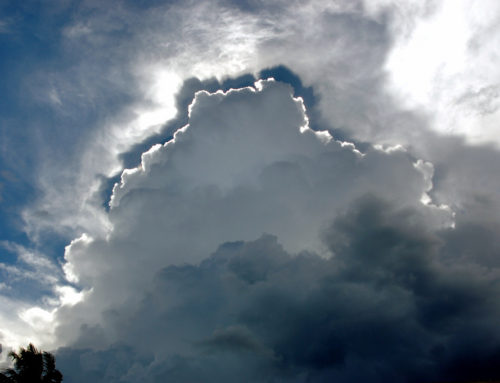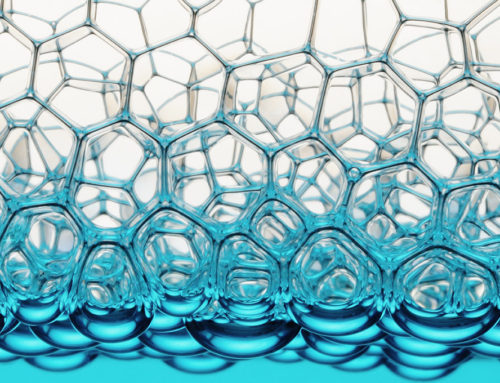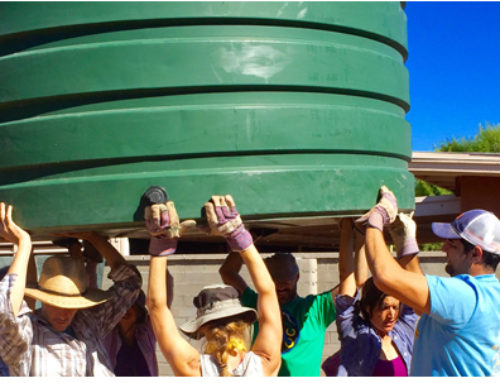-
Building standards, such as LEED, can drive developers, planners, architects and home builders towards a more responsible and ethical management of California’s limited water supplies. (Please see “Is Our Water Future an Inconvenient Truth” if you are in doubt about our water crisis). Wholly H2O is pushing for greater valuation of water reuse in these building point systems, which do not yet sufficiently reflect the value of lessening water use and increasing water rreuse, particularly in new construction where the opportunities for dual plumbing and built in rainwater and graywater systems a are greatest.
Here are the current LEED points available for being wise water stewards.
The LEED (Leadership in Energy and Environment Design) Green Building Rating System™ was devised as a voluntary, consensus-based national standard for developing high-performance, sustainable buildings. LEED was initially created by the U.S. Green Building Council (USGBC) to establish a common measurement to define “green building.” It has since grown into a program aimed at raising awareness of and promoting integrated “green” building projects.
How is water harvesting important in a “green” building? Water harvesting touches on many of the principles embodied in the LEED certification. These include:
• Conserving Water
• Reducing the depletion of natural resources and materials
• Creating a sustainable site
• Use of innovative designOn average, a LEED™ certified building uses 30% less water than a conventional building, which translates to more than 1 million gallons of water saved per year. Reducing the amount of water that needs to be conveyed to and treated by municipal wastewater treatment facilities also reduces pumping and process energy required to these systems. LEED™, through practices like rainwater harvesting, promotes on-site storage and use of rainwater and greywater to lower water consumption cost, and it reduces the impact on storm drainage and municipal treatment systems. Specifically, water harvesting efforts can earn a significant number of LEED points across several categories: LEED™ Points for Water Harvesting Efforts:
Stormwater Design: Quantity Control – 1 point (SS Credit 6.1)
Reduce impervious cover, increase on-site infiltration, reduce pollution from stormwater runoff by eliminating contaminantsStormwater Design: Quality Control – 1 point. (SS Credit 6.2)
Storm water treatment systems designed to remove 80% of the average annual post-development total suspended solids using rainwater recycling, vegetated roofs and swales, pervious pavement. Water Use Reduction: 20% Reduction – 1 point.
20% reduction in water use for building using alternative on-site sources of water such as rainwater, stormwater and greywater. WaterEfficient Landscaping, Reduce by 50% – 2 points.
Limit or eliminate the use of potable water for landscape irrigation by using captured rainwater, recycled waste water, groundwater and other means.Water Efficient Landscaping, No Potable Water Use or No Irrigation – 2 points
Use only captured rainwater, recycled wastewater or recycled greywater for site irrigation.Innovative Wastewater Technologies – 2 points
Reduce generation of wastewater & potable water demand, while increasing the local aquifer recharge – use captured rainwater or recycled greywater to flush toilets and urinals or treat 50% of wastewater on-site to tertiary standards.Water Use Reduction, 30% – 40% reduction – 2-4 points
Maximize water efficiency within building to reduce the burden on municipal water supply & wastewater systems. Use alternative on-site sources of water such as rainwater, stormwater and greywater for non-potable applications such as toilet flushing and urinal flushing.Innovation Design Credit – 1 point.
Projects that result in exceptional performance above the requirement set by LEED.(Info from http://www.wahaso.com/LEED_certification.php)
